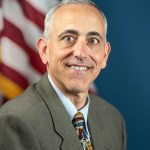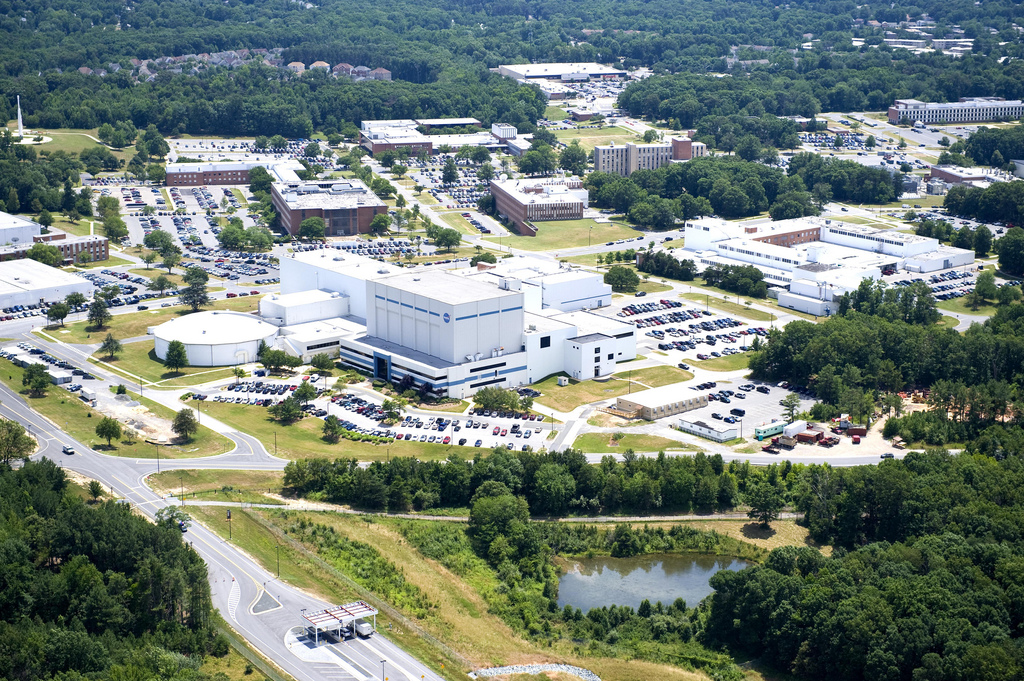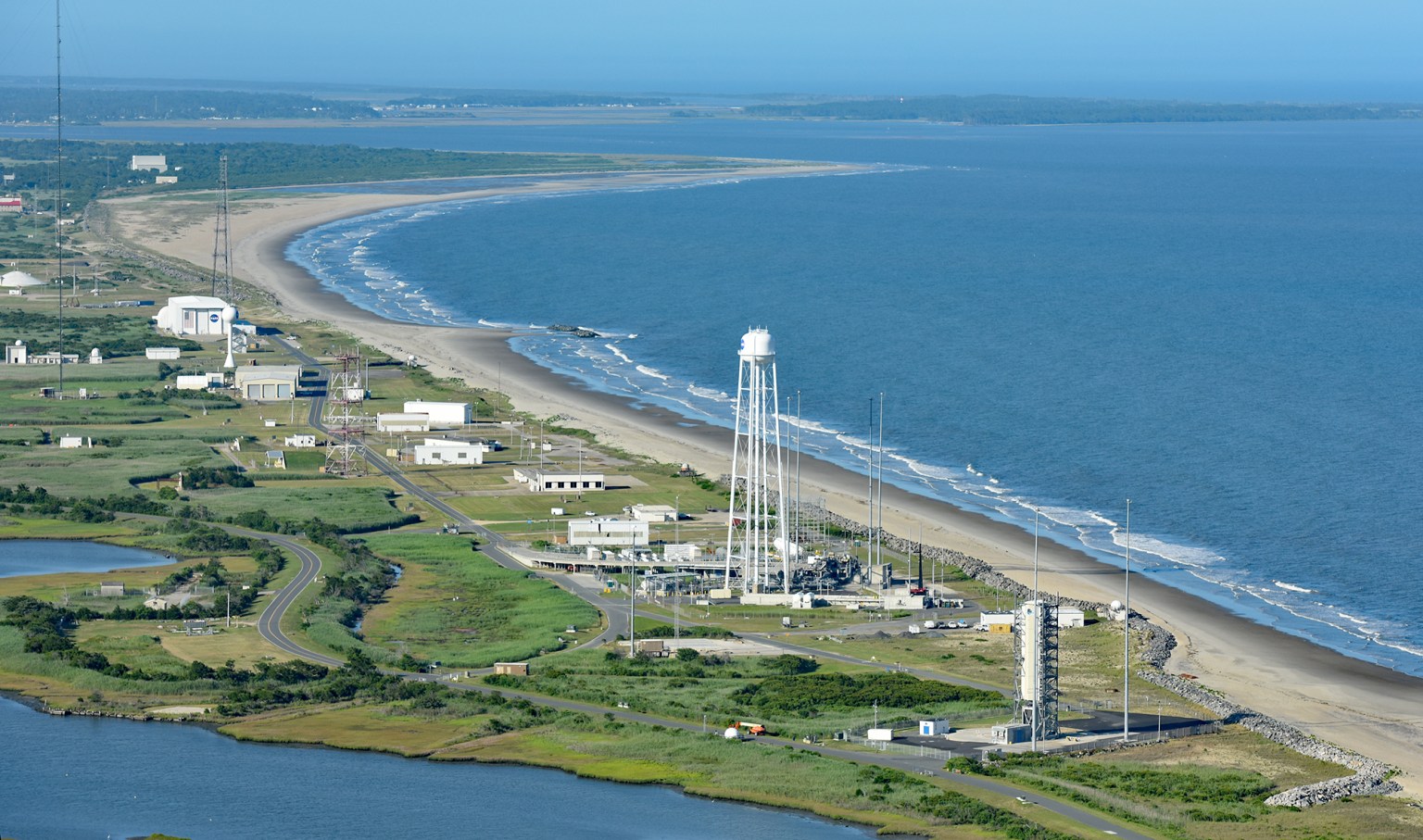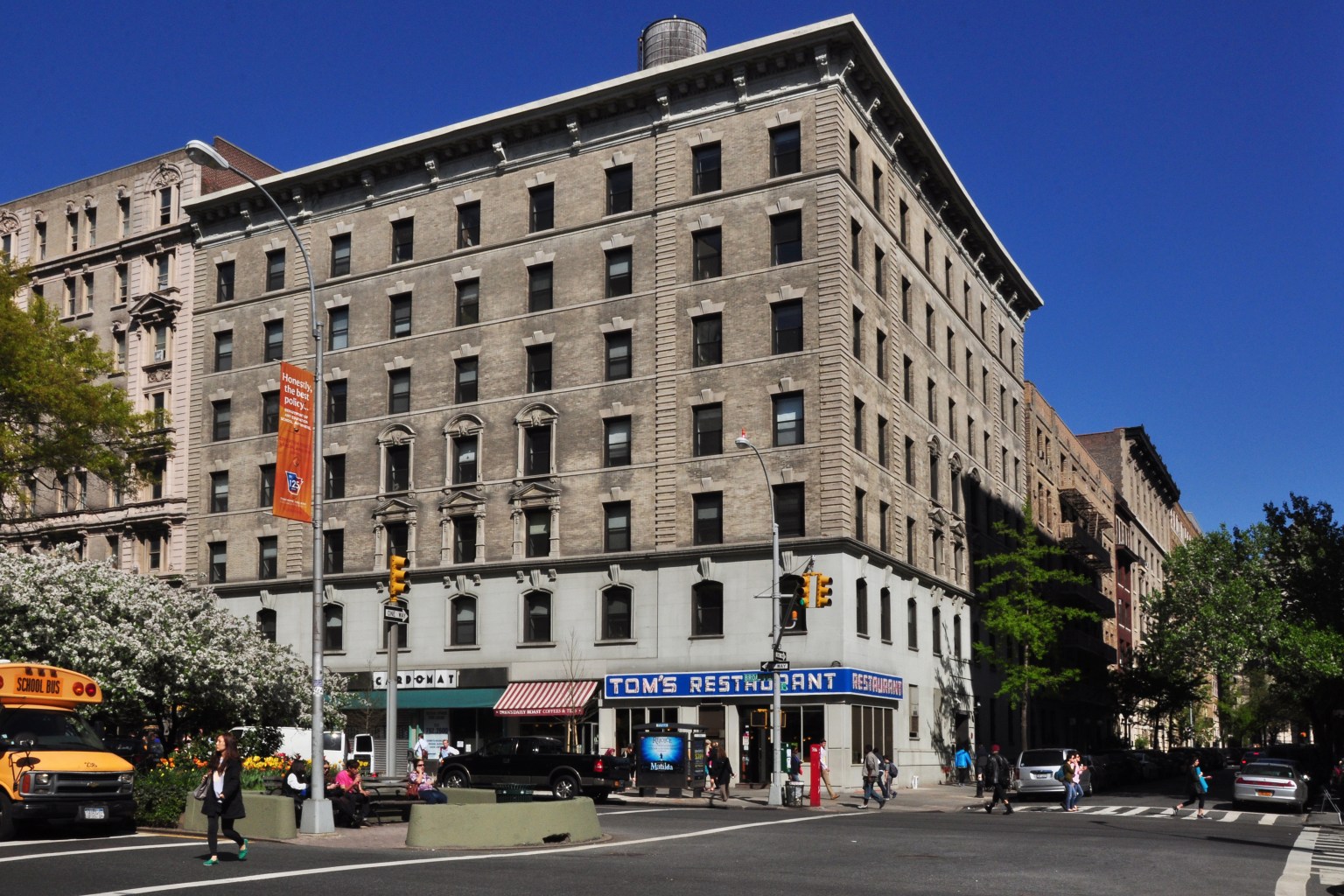Background
When NASA’s Goddard Space Flight Center was established in 1959 as NASA’s first spaceflight center, we began an era of spaceflight and innovation that has benefited humanity and enhanced daily life on Earth. In order to fulfill NASA’s mission of the future, all NASA centers – including Goddard – are developing master plans. The plans must achieve affordable infrastructure over approximately 20 years – by 2038 – as set forth by NASA’s Mission Support Council in response to the Office of Management and Budget’s National Strategy for the Efficient Use of Real Property and its Reduce the Footprint policy.
The master plan will serve as an essential element in developing a blueprint for Goddard’s future. It will inform decisions for facility and infrastructure improvements to support staff, functions and operations for future Goddard and NASA missions. Strategic investment decisions based on the master plan will strengthen our ability to respond to growing and diverse mission and customer requirements.
We are home to the nation’s largest organization of scientists, engineers and technologists who build spacecraft, instruments and new technology to study Earth, the Sun, our solar system and the universe. Our dedicated civil servants and contractors are modernizing Goddard’s institutions and infrastructure for the future.

RAY rubilotta
Goddard Associate Center Director
Process
In the summer of 2018, Goddard developed a master plan concept, a precursor to the full-blown master plan process, following a series of site visits and stakeholder interviews in 2017 and 2018. The master plan concept included all of Goddard’s six campuses and remote sites worldwide. It demonstrated that Goddard will be able to achieve our affordability target through the application of multiple cost-avoidance strategies while balancing improvements with ongoing mission success. Following formal approval by the Mission Support Council in August 2018, Goddard has proceeded with development of its fully detailed master plan.
Goddard’s master plan process was completed in February 2022. Content development was informed by site visits, stakeholder interviews and workshops at all campuses (in accordance with constraints surrounding the pandemic). The process began at the Maryland campus and continued at the Columbia Scientific Balloon Facility in Texas, White Sands Complex in New Mexico, Wallops Flight Facility in Virginia, Goddard Institute for Space Studies in New York, and Katherine Johnson Independent Verification & Validation Facility in West Virginia.
In this phase of the planning process, a Master Plan has been produced for each site. The plan features the goals, objectives, and existing conditions specific to the site and illustrates how the campus will look once all recommended property actions (new construction, renovation, demolition, divestment, partnership) are implemented over a 20-year planning horizon. Each plan documents the site’s contribution to Goddard’s affordability target while balancing site-specific improvements with ongoing mission success. A summary of Goddard’s Master Plan is available here:






























